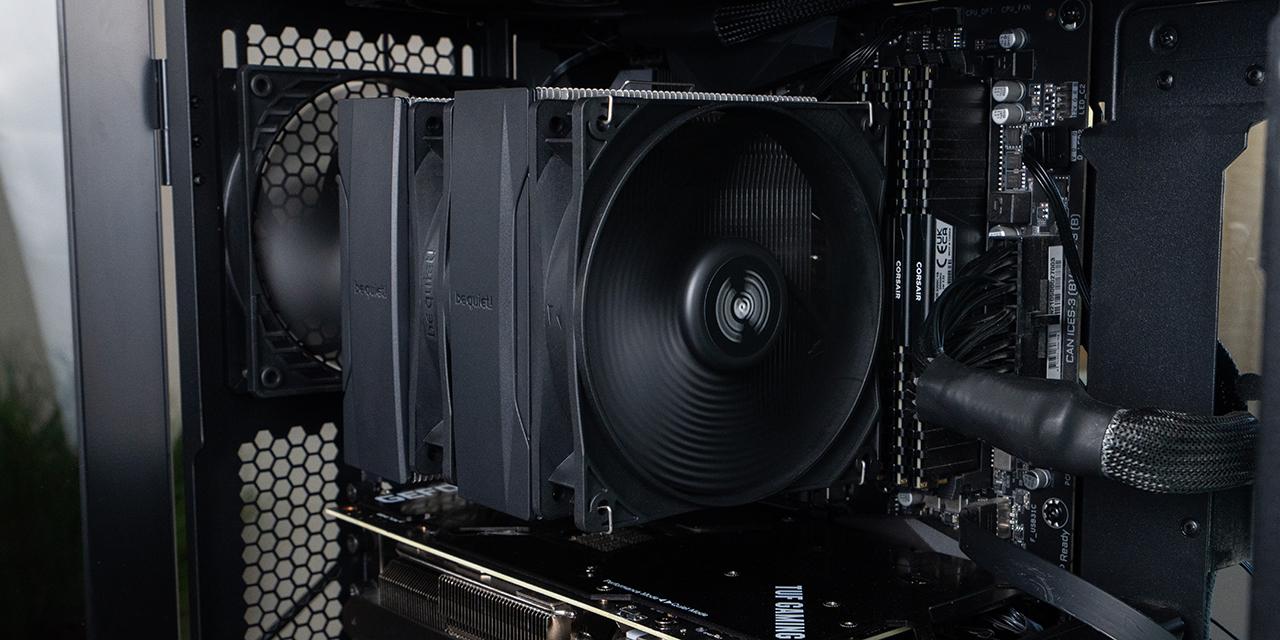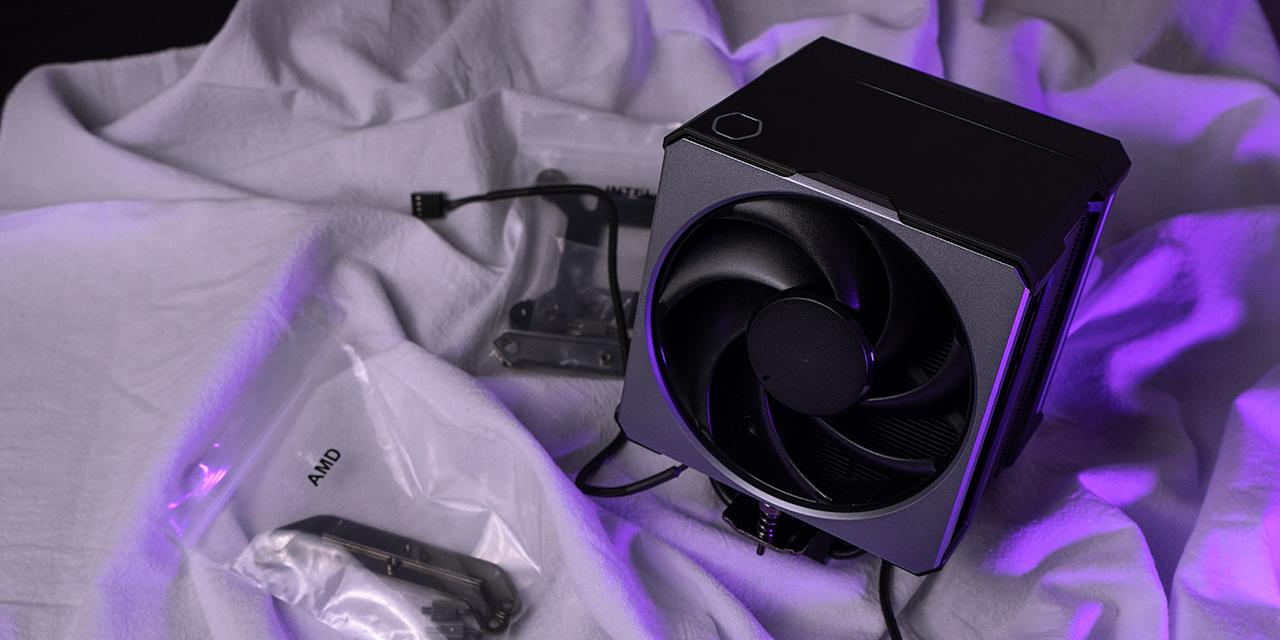Page 2 - Physical Look - Outside

To be honest, I was quite excited to pull all the protective packaging off the Phanteks Enthoo Primo White. Firstly, this is the first white case -- and the largest -- I have reviewed since I have started here at APH Networks over five years ago. Secondly, I have an excitement for making modifications to my computer, and the Enthoo Primo gave me something to look forward to, especially for what it offers in terms of its internal layout, which you will see on the next page. As you can see from the photo above, the Enthoo Primo is simply a humongous case. When compared to other cases in the full tower category, such as the NZXT Switch 810, the Phanteks Enthoo Primo is a little bigger, but it is nothing totally outrageous. To give you a more accurate perspective, the Enthoo Primo measures to 650mm in height, 250mm in width, and 600mm in depth, while the Switch 810 comes in at 595mm in height, 235mm in width, and 585mm in depth.
The fairly large and smaller secondary tinted windows is like giving your case a pair of sunglasses, while the cool touch of the aluminum faceplates feel very nice. Although this is not one complete piece of aluminum in contrast with the In Win 904 Plus, the way it is designed shows its superior classy look in its own way. Hidden behind the secondary window is the company name printed on a metal name tag, which emphasizes its classiness. It showcases its straightforward and clean design, yet offers many visual appealing features all around. As for the front panel, the top half features a left-swinging door to hide the five available 5.25" drive bays. It would be nice if Phanteks could develop a secondary hinge for the door to swing both ways instead of only one direction for easier access. However, I do not have many complaints for this, as I personally do not have an optical drive installed anyway. Additionally, I see Phanteks has designed this case for users who like to modify their builds. Hence, I suspect the 5.25" drive bay area would most likely be used for reservoirs for water cooling as well as other gadgets. In the end, it is not such a big deal which way the door swings. Below the door features a removable panel with plenty of openings for intake air to flow via the two 140mm fans. This panel can easily be removed for convenient dust cleaning by pushing the top edge, and can be reattached via the same process.
As aforementioned, the dimensions on the Enthoo Primo trumps the dimensions of many other cases right from the factory, being an eATX full tower and all. I simply could not believe it for myself, so I pulled out my measuring tape to double-check the dimensions. When it comes down to weight, it scales in at 17.9kg, or an equivalent of approximately 39.5lbs, which is an astoundingly heavy case. This comes as no surprise, however, as the Enthoo Primo is such a large case with the chassis made of steel. If your job responsibilities requires you to do heavy lifting, the Phanteks Enthoo Primo would be one of the items on the list, especially with the extra components yet to be installed.

Turning out attention to the other side, the back panel features ventilation for a radiator and a power supply. For those people who like top-of-the-line computers, this is one of many options for you to install such components. As you will see later in this review, a radiator can also be mounted at the top, bottom, top rear, or front in addition to the back; where the latter can see from the photo above. The same idea goes for the power supply, but the only available slots are the positions you see here, which is behind the motherboard tray or in front of it. The one in front of the motherboard tray is currently covered by a ventilation plate. As a disclaimer, you can technically install two power supplies if you wanted to push your system to over nine thousand. As per the other standard openings, you will have access to the motherboard I/O opening and eight expansion slots. The rear exhaust is able to house a 140mm or a 120mm fan, but a 140mm fan is already included for you. Below the 140mm fan next to the expansion slots are more openings. It seems like you have the option to install additional hardware here, but according to the manual from Phanteks, these are simply openings for ventilation.

Right off the bat, you will be greeted with a very large removable dust filter on the top panel. Underneath, you will have the option to install three 140mm or four 120mm fans in addition to a radiator of your choice. Because there is so much room, you have the option of installing a radiator of any size, given it fits under the hood. Next to it, you will find your standard front panel I/O and other buttons. In chronological order, the standard 3.5" audio jacks, USB 2.0, USB 3.0, and reset button are available. In addition, a LED on/off switch is featured here, too. To add to the visual appeal, a long strip stretches on the edge of the case and wraps around to the front panel with a power button. When powered on, a long white LED strip activates, adding to the classy look and feel of the case.

Flipping the case on its side brings us to the Phanteks Enthoo Primo's undercarriage. From this angle, we can see Phanteks has included seven rubber feet. The advantage to this is rubber reduces the vibration you may hear between the floor and the case. Additionally, there are two removable dust filters as installing fans on the bottom will draw in dust, especially when the computer is placed over carpet. As you can see from the photo above, there are more than plenty of openings to draw in cool air, and having a couple of fans here provide more than sufficient airflow. If you plan on reconfiguring fans or installing radiators on the bottom, this is where you would access the fan bracket.
Page Index
1. Introduction, Packaging, Specifications
2. Physical Look - Outside
3. Physical Look - Inside
4. Installation and Conclusion





